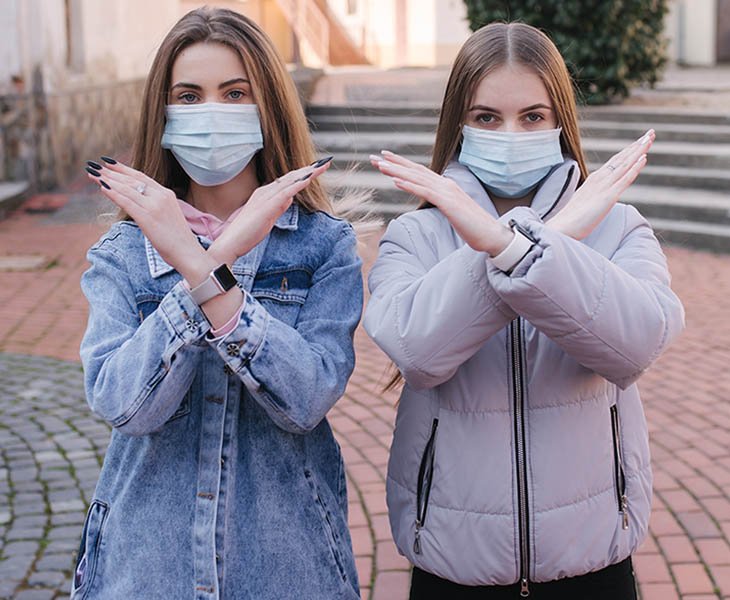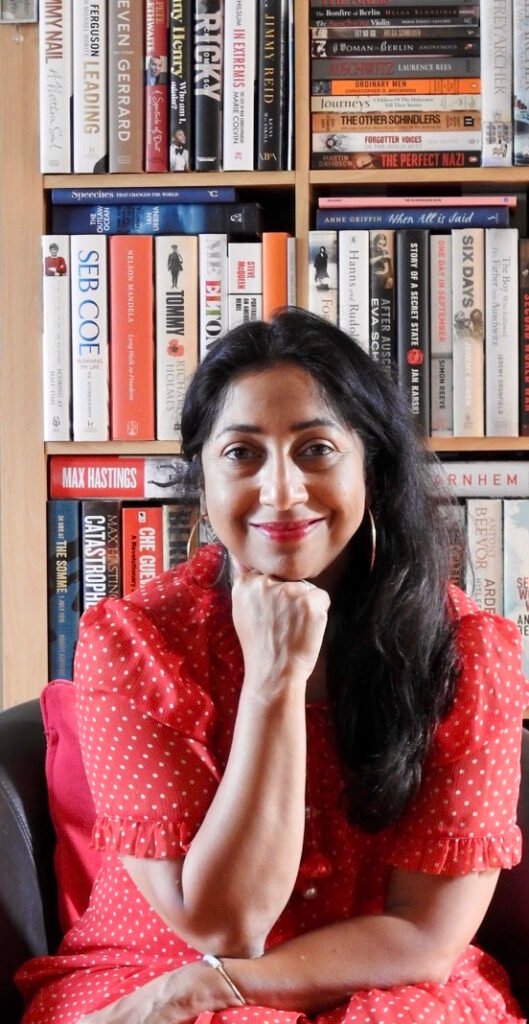This year’s International Women’s Day theme is, “Gender equality today for a sustainable tomorrow”, where it recognizes the contribution of women and girls around the world, who are leading the charge on climate change adaptation, mitigation, and response, to build a more sustainable future for all. However, for this International Women’s Day on 8 March, I am going to go rogue and talk about how women are impacted by armed warfare. I have been haunted by the harrowing photos and images coming from the Ukraine of people fleeing their homes, who are mainly women and children. I have been looking around my house, wondering what I would pack in that moment of crisis, what impossible choices would I make, and I bet you have been doing the same.
Throughout history, women and girls have often been targeted in wartime for violence, especially sexual violence, and things will be no different for the women in Ukraine. Let us also remember that women don’t usually start wars, but they do suffer heavily from the consequences. Conflict spurs much higher rates of sexual violence. It makes women more vulnerable to poverty, the loss of jobs and the destruction of assets such as homes.
In the days since Russia launched a military offensive in Ukraine, there have been images of women giving birth in underground stations, new-borns hastily being moved to makeshift bomb shelters as health facilities become inaccessible or too damaged to function. It is estimated by the United Nations (UN) that 80,000 women will give birth in the next three months in Ukraine – many of them without access to critical maternal health care. Devastatingly, for some, childbirth will be a life-threatening rather than a life-changing experience.
The Spirit Of The Ukrainian People
As Ukrainian men between the ages of 18 and 60 are mandated to stay and fight, women are left to care for their children, siblings, and parents. Alone. The impacts of the hostilities are also being felt across the region, where more than 1 million people have fled, seeking refuge in neighbouring countries including Poland, the Republic of Moldova, Slovakia, Hungary and Romania in addition to other European countries. This number of people fleeing will grow over coming weeks.
We have seen images of Ukrainian women becoming soldiers and fighting, standing in production lines making molotov cocktails. This Ukrainian spirit is being admired globally, reminding us to never give-up, even when the odds seem against us. The former Miss Ukraine Anastasiia Lenna, until only a few weeks ago, was posting about flowers, bathing suits, set against city landscapes on her Instagram account. Now in one of Lenna’s recent photos, she was kitted out in goggles and khaki pants, which she hash-tagged #handsoffukraine. Images show how quickly people’s lives are changing here.
The Irony Of The Russian Federation At The UN In April 2021
Ironically the representative of the Russian Federation is quoted in a UN Security Council statement issued as recently as in April 2021, saying – “each year, delegates and other speakers come before the Council to reaffirm their commitment to ending the scourge of sexual violence in armed conflict. Asking why, then, the many recommendations emanating from the United Nations system remain unimplemented, he said the answer too often is the hate-filled “nature of war itself”, which is sometimes stoked by outside actors.” How depressingly ironic is this statement…
Let us not forget that last year there were already crowds of people, many who were women with children stranded between the border that separates Belarus and Poland. Or that now in Afghanistan more women and children were killed and wounded in in the first half of 2021 than in the first six months of any year since the UN began keeping count in 2009.
The Toll Of Conflict On Women
Conflict and insecurity take their toll on women’s health in several ways – from physical wounds caused by war-related injuries; vulnerability to disease aggravated by fatigue, malnutrition, and displacement; damage to the healthcare system; inaccessibility of health centres and hospitals due to insecurity; and widespread sexual violence and the attendant transmission of HIV and other diseases. Discrimination against women and cultural restrictions work against women receiving appropriate healthcare. Drawing on Afghanistan again as an example, the discrimination against women here in education means that there are few women healthcare workers, yet cultural practices dictate that injured or ill women must be treated by women.
Destruction of communities, land, resources, and infrastructure affects everyone. However, women suffer the greatest burden when, their roles in their family and community mean that they relied on the lost facilities. The impact on women’s economic and social rights – including their right to food, water, health, housing, employment, and education – can pose as much of a threat as more direct forms of violence.
Women on the move face journeys involving physical hardship and lack of shelter, food, and other necessities. In war-torn regions they are sometimes trapped in areas where no aid can reach them. And if they do reach a camp for refugees, women and girls often find that food and other resources are in short supply, and whatever is available is not distributed equitably. Also, sometimes it is the nature of modern weaponry that puts women and children, at risk. Indiscriminate weapons, including chemical, biological, and radiological weapons, lead to large-scale deaths and cause serious harm to surviving women’s reproductive health.

In The End
I know everything makes grim reading. A key factor allowing violence against women to continue is the failure to hold those responsible to account. Ensuring justice means more than punishing perpetrators. It must include establishing the rule of law and a just social order based on concern for human security rather than military security. Once conflicts have ended, women are frequently prominent in efforts to rebuild their shattered societies.
So, once peace and order are restored in Ukraine and the country is back with its people, and Putin is removed, we need to ensure that he faces his crimes and is punished. And then we need to have a woman leading Russia, restoring peace.
About the Author

Sangeeta Waldron is the global editor at India CSR. She is Founder of Serendipity PR & Media. Author of Corporate Social Responsibility Is Not Public Relations, published by LID Business Media.
Read more articles by Sangeeta Waldron






